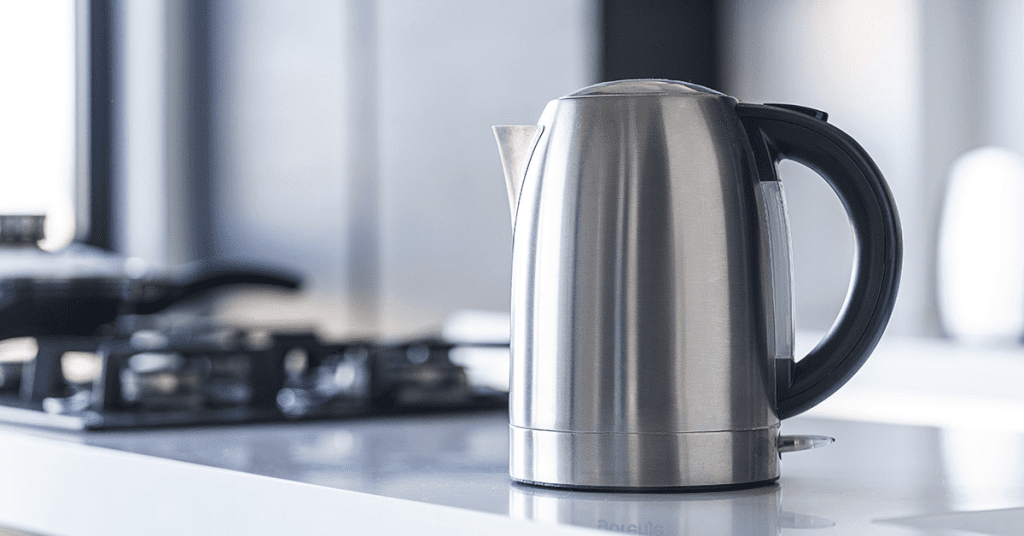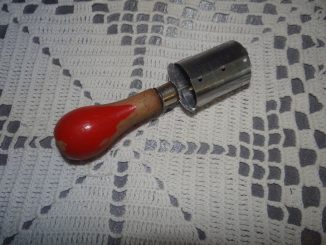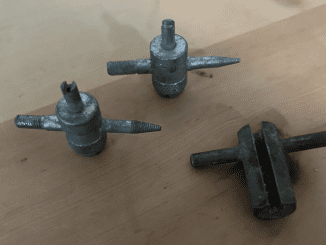The video begins with a shared clip of Andrea Eder, a business coach, as she fills a kettle with water. She explains that one way to get rid of a migraine quickly is by filling a tub or basin with water “as hot as you can handle” and soaking your feet in it. It may sound too easy, but Dr. Sood, M.D., also known as @doctorsood on TikTok, explains how it works.
Why Does the Hot Water Trick Work for Migraines?

“If you suffer from migraine headaches here’s a hack to try, which has zero side effects and may help,” says Dr. Sood. “Soaking your feet in hot water. But why exactly does this help? This will dilate the blood vessels in your feet, pulling blood away from your head, which will ease the pressure on the blood vessels causing your migraine, which will in turn decrease your pain.”
In the comments sections, some say this hot water trick didn’t work on their migraines, but others appreciated the advice. “I put my hands and feet in hot water with a frozen bag of peas on my neck. migraine gone in about 10-15 min with no gross feeling after,” said one follower. Another said similarly, “I did this last week. Soaked my feet for 10 minutes in hot water and it worked a treat. I had a mild headache for about four hours after.” Another person said that they run a bath and sit at the edge with an ice pack behind their neck and their hands and feet in the hot water.
There are many potential causes for migraines, so there are many potential treatments. Hopefully, hot water will do the trick for you, but if not, there are many other things migraine sufferers can try. Unfortunately, it can take some trial and error before finding the best solution for your particular kind of migraine.
More Natural Ways to Treat Headaches and Migraines
Drink Water
Dehydration may not cause migraines, but it can definitely make them feel worse. Research has shown that people suffering from frequent headaches can lower the intensity of the pain by drinking an extra liter and a half of water a day. (Although proper hydration didn’t prevent the headaches or their frequency.)
Caffeine
Some over-the-counter migraine medications contain caffeine. This might seem strange since coffee could trigger migraines in some people. But for others, caffeine can enhance other painkillers; it could even change how they perceive their pain. So, some individuals reach for coffee when they feel the ache coming on. If you enjoy a daily cup of joe, try to drink the same amount at the same time every day. Ingesting caffeine at random and inconsistent times may trigger an attack.
Ginger Tea
If you don’t like coffee – or if coffee doesn’t like you – one clinical trial found that ginger can help treat migraines. Take two tablespoons of freshly grated ginger and steep it for five minutes in three cups of boiling water. You can also try ginger tea bags, but they are often less potent than fresh ginger root.
Heat
Tension headaches and some kinds of migraines can be eased with heat. This kind of pain is caused by muscle contraction in the head and neck and can be triggered by stress and lack of sleep. Try applying a hot washcloth or compress to the back of your head or neck to relax tense muscles. A hot bath or shower might also do the trick.
Ice Packs
Meanwhile, some people may find more relief with cold temperatures, particularly those with certain migraines and cluster headaches. Applying ice packs or cold towels to the forehead or neck can help constrict blood vessels and reduce blood flow, providing some relief.
Managing Stress
If your pain is triggered by stress or similar stimuli, breathing exercises are one of the easiest remedies to try. First, sit or lie down in a quiet place. Then, inhale for five seconds and exhale for another five seconds, allowing your body to soften and relax with each breath. Continue for at least 10 minutes.
You can also practice breathing while doing yoga, an exercise shown to help with stress and migraines. Some people with migraines couldn’t imagine rolling out a yoga mat during a flare-up, but those who can manage some movement, slow and calm yoga poses may provide some relief.
Track Your Symptoms
As discussed, it often takes trial and error to find remedies that can help you. What works for some, won’t for others, so you need to figure out what helps and what hurts. For instance, notice if the pain is triggered by bright lights or too much screen time. It might also come from loud noises, certain smells, specific foods, or erratic sleep schedules.
Keep a consistent routine so you can better find your triggers. Once you find them, avoid them or create ways to counter them (like earplugs, sunglasses, blue-light-blocking glasses, or pleasant-smelling oils) and see if your symptoms improve. Whenever you experience a migraine, write a diary entry that includes the date, time of day, and all circumstances surrounding the experience. This information can also help your doctors potentially find a better solution for you.
Conclusion
Migraines can be debilitating, but there are many natural remedies to try that may provide relief. From soaking your feet in hot water to managing stress and hydrating properly, the key is finding what works best for your unique body and triggers. Don’t be afraid to experiment and keep track of what makes your migraines better or worse. With some patience and persistence, you can find the solution that helps you reclaim your life from the clutches of these intense headaches.


